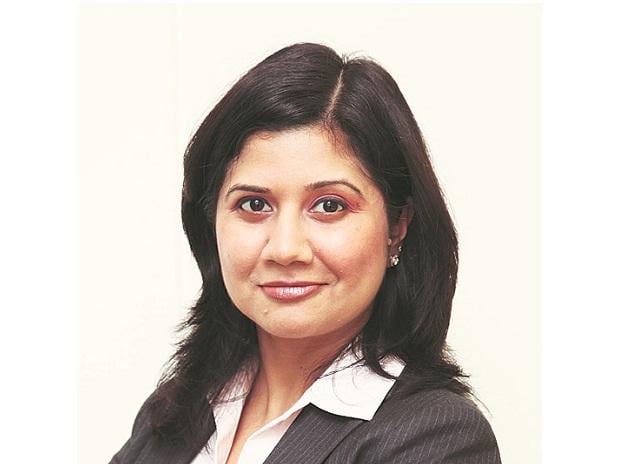[ad_1]
The much-awaited Economic Survey 2022-23 projects a baseline real gross domestic product (GDP) growth of 6.5 per cent for fiscal 2023-24 (FY24), in the range of 6-6.8 per cent, depending on global economic and political developments. India is clearly a bright spot on a lacklustre global stage; indicators of domestic economic activity remain uneven but are showing signs of strength, particularly those pertaining to the services sector. We are hopeful that what started as pent up demand in some sectors is now on the cusp of being sustainable consumption.
However, we are somewhat circumspect regarding the extent to which Indian exports can shrug-off the global woes. Therefore, our own GDP growth forecast for FY24 is 6 per cent, coming in at the lower-end of the Survey’s range.
Interestingly, the Survey also undertakes a welcome assessment of India’s medium-term growth outlook for the ongoing decade. It highlights that once the global shocks of the pandemic and 2022’s unpleasant spike in commodity prices fade away, the Indian economy is likely to record a faster growth during the rest of this decade when compared to the pre-pandemic years, aided by structural and governance reforms. It reckons that a restored credit cycle will rejuvenate the Indian private sector capex cycle, which in itself would engender a real GDP growth of at least 6 per cent per annum. Besides, efficiency gains on account of public digital infra would add another 30-50 basis points (bps) to the potential GDP growth. Consequently, the Survey expects an average real GDP growth of 6.5 per cent in the medium-term, with a possible upside to around 7-8 per cent if additional reforms are pursued.
READ MORE: Eco Survey is assuring; believes we have completely regained lost ground, says Madan Sabnavis
The Survey’s assessment of India’s medium-term potential growth is somewhat higher than our own estimate of around 5.5-6.5 per cent. We remain concerned that a prolonged period of listless global growth and trade volumes may constrain India’s export growth for an extended period, acting as a drag on the pace of GDP expansion. Nevertheless, we anticipate that a sustainable recovery in consumption and renewed investment demand, both from the private and government sector, will underpin a higher GDP growth relative to what was seen in the years immediately preceding the pandemic.
The survey highlights that both the CPI and WPI inflation have fallen below the 6 per cent mark recently. The risks on account of global commodity prices are likely to be lower in FY24 than in FY23, given the expectations of a slowdown in advanced economies, which may outweigh the revival in demand from China. We estimate the average CPI and the WPI inflation to moderate to around 5.2 per cent and nearly 2-3 per cent, respectively, in FY24 from 6.6 per cent and 9.7 per cent, respectively, in FY23. Nevertheless, domestic retail inflation may not fall to the Monetary Policy Committee’s (MPC’s) 4 per cent medium-term target in FY24 in itself.
On the expectations for the FY2023 fiscal turnout, the Survey stresses that the budget estimate for the fiscal deficit will be achieved despite the pressures on account of increased food and fertiliser subsidies and revenue loss stemming from reduction in taxes on fuels. This differs from our expectations of an overshooting in absolute terms by nearly Rs. 0.8 trillion, partly led by a miss on non-tax revenues; although we estimate that as a proportion of GDP, the fiscal deficit is likely to come in at 6.4 per cent, in-line with the budgeted target.
ALSO READ: Eco Survey 2023: Economic recovery complete, need to look ahead, says CEA
The Survey highlights that the current account deficit (CAD) needs to be monitored closely, as a widening on this front could lead to further depreciation pressure on the INR. We expect the absolute size of the CAD to widen in FY24; however, as a proportion of GDP, it is likely to remain similar to the 3.3 per cent levels expected in FY2023.
Trends in the dollar index and the US policy rates would determine the movements in the INR. A pivot by the US Federal Reserve in the second half of 2023 could lead to sharp correction in the DXY, thereby easing some pressure off the INR during this period.
Aditi Nayar is the chief economist and Head- Research & Outreach at ICRA. Views are her own.
Disclaimer: Views expressed are personal. They do not reflect the view/s of Business Standard.
[ad_2]
Source link



